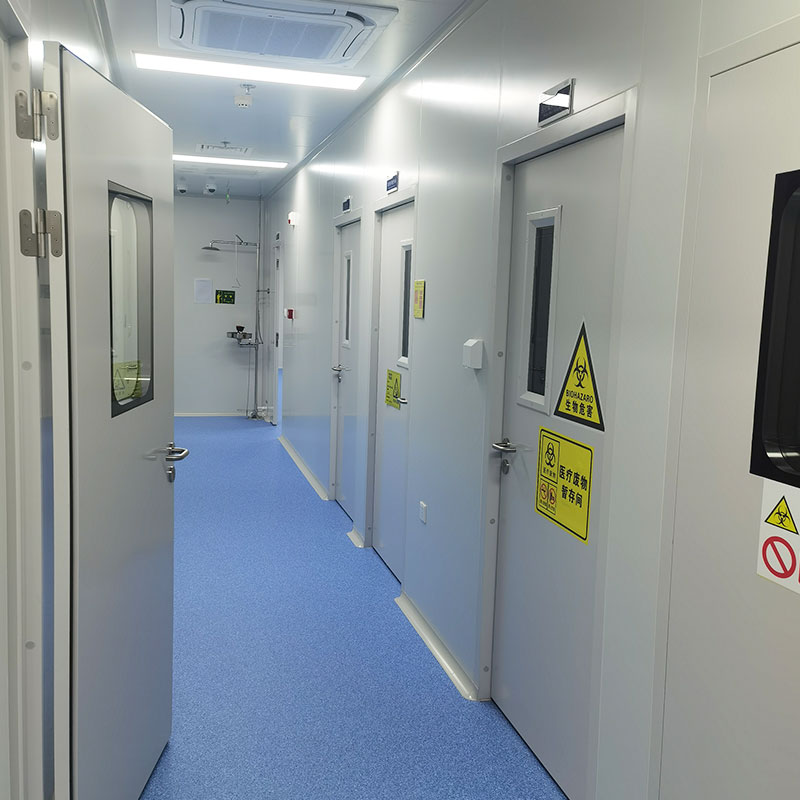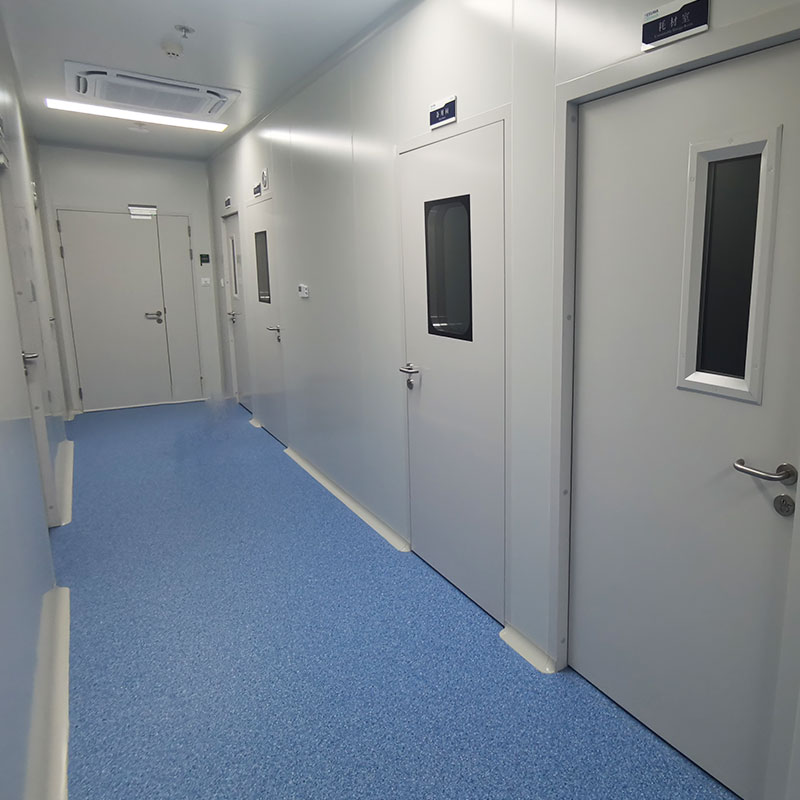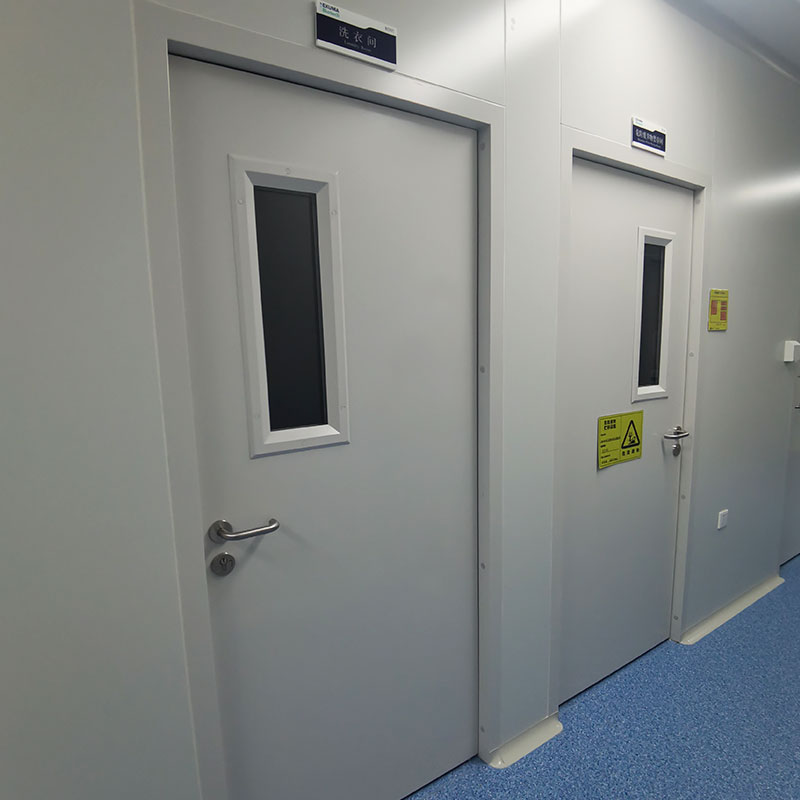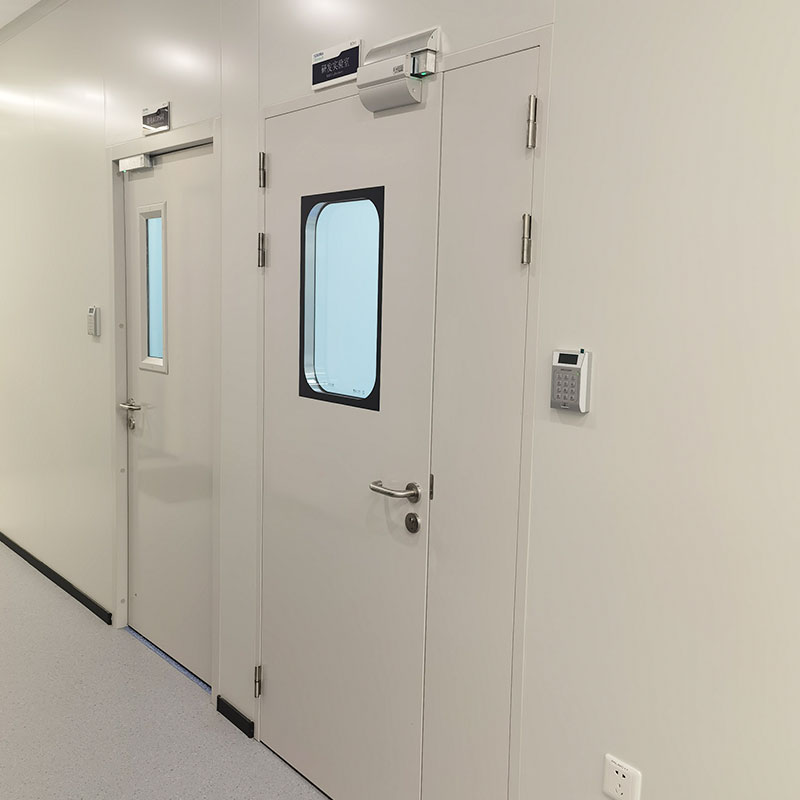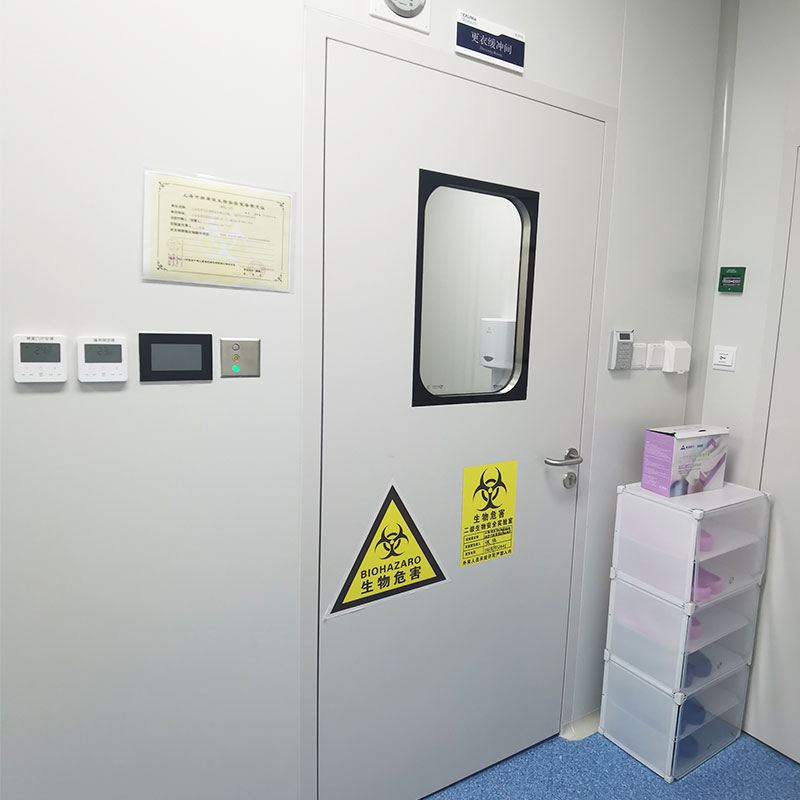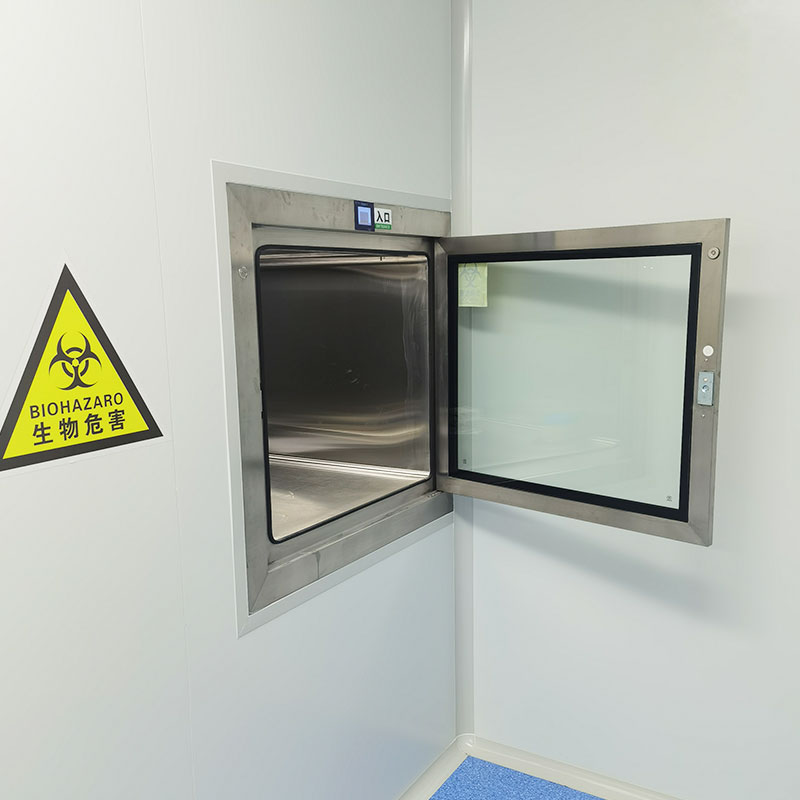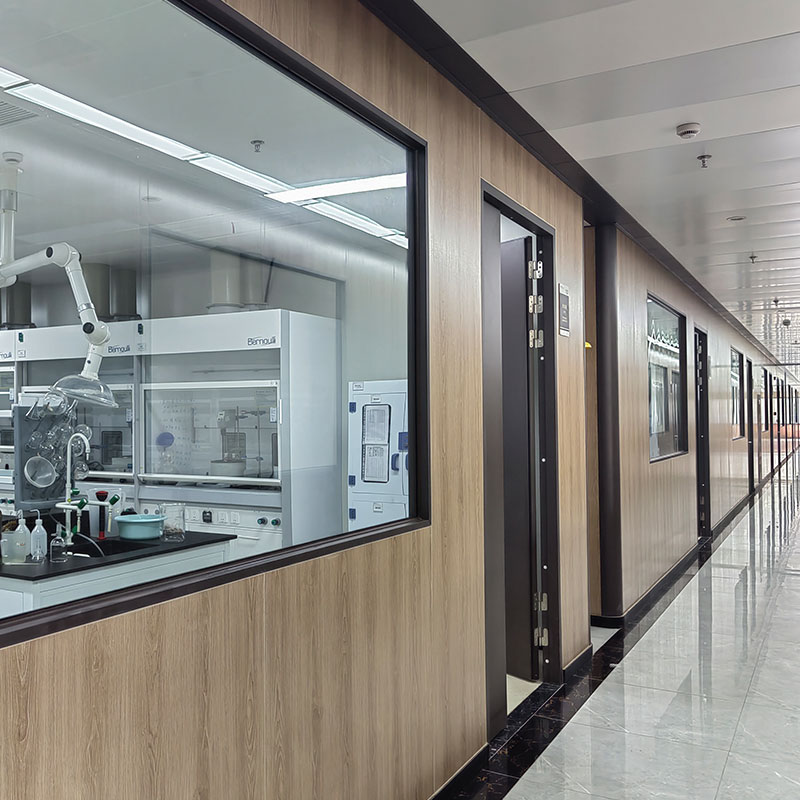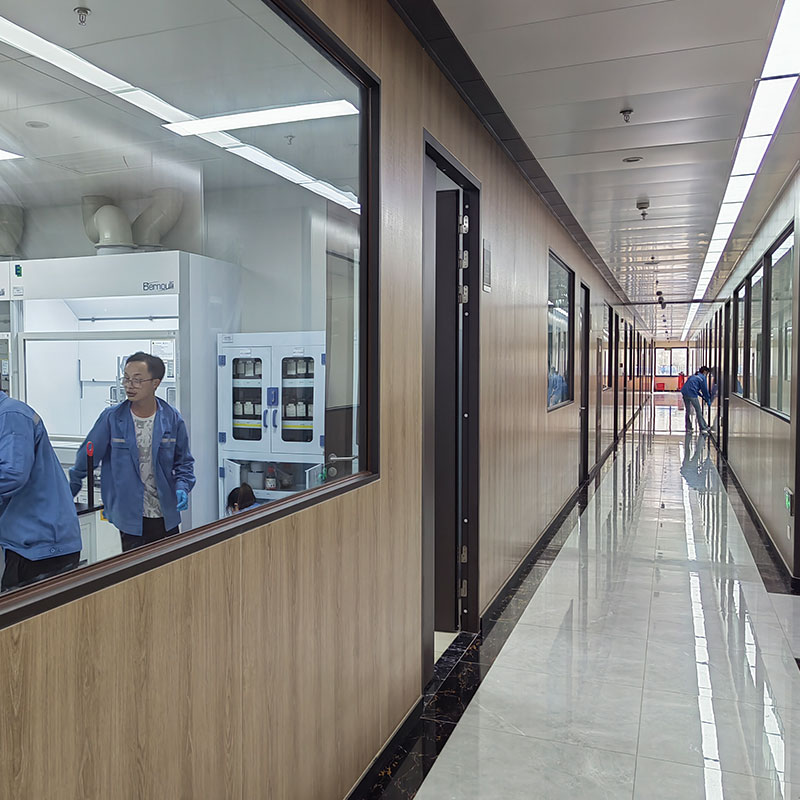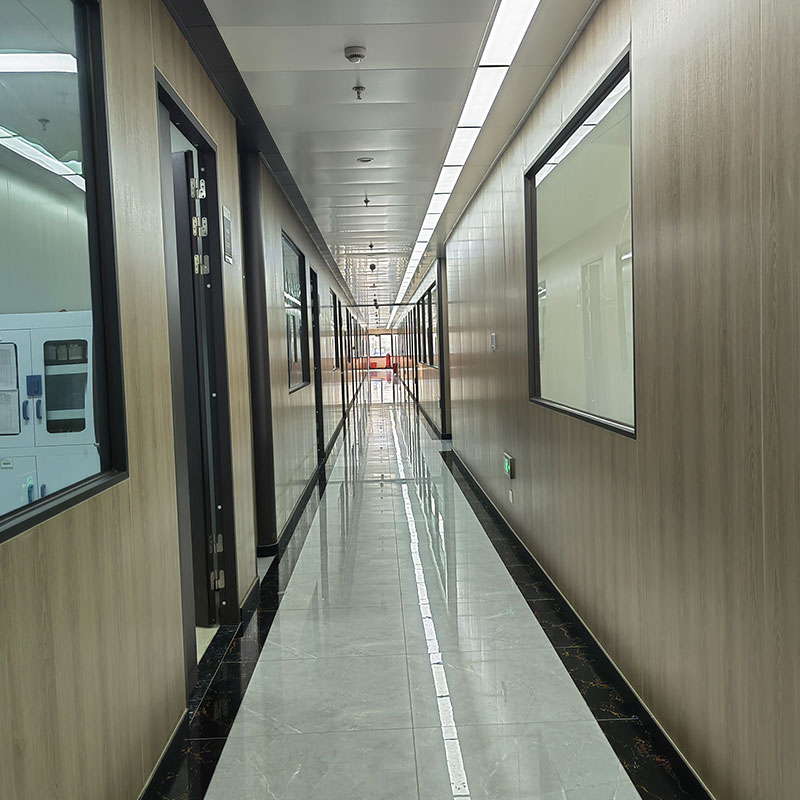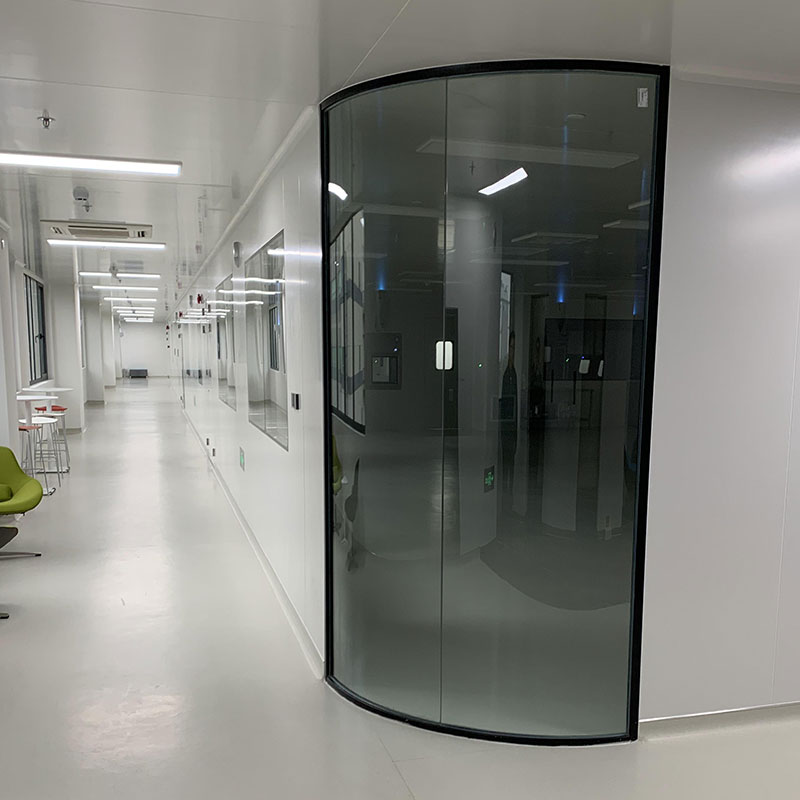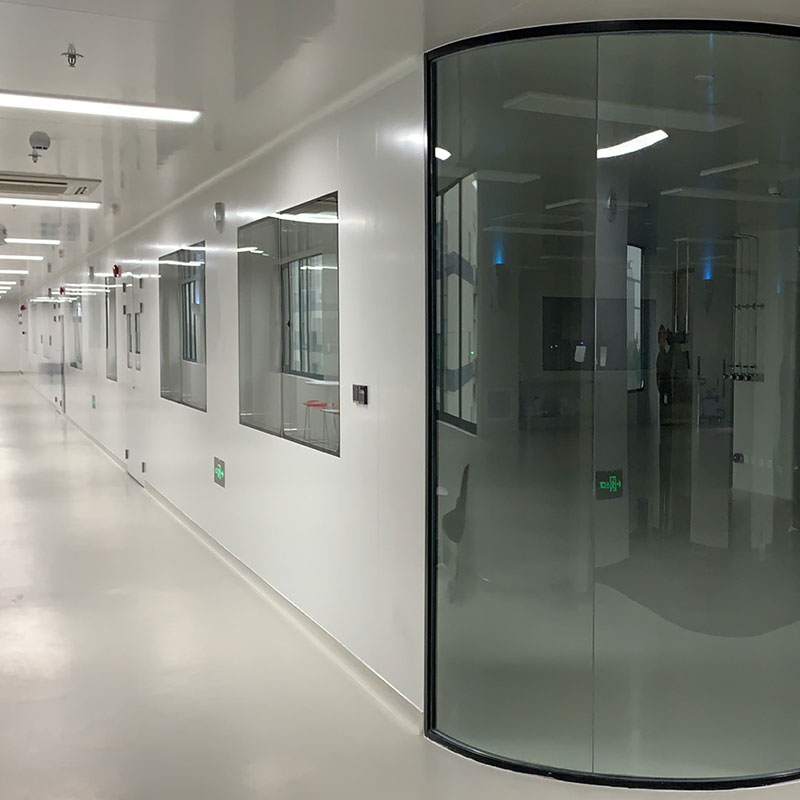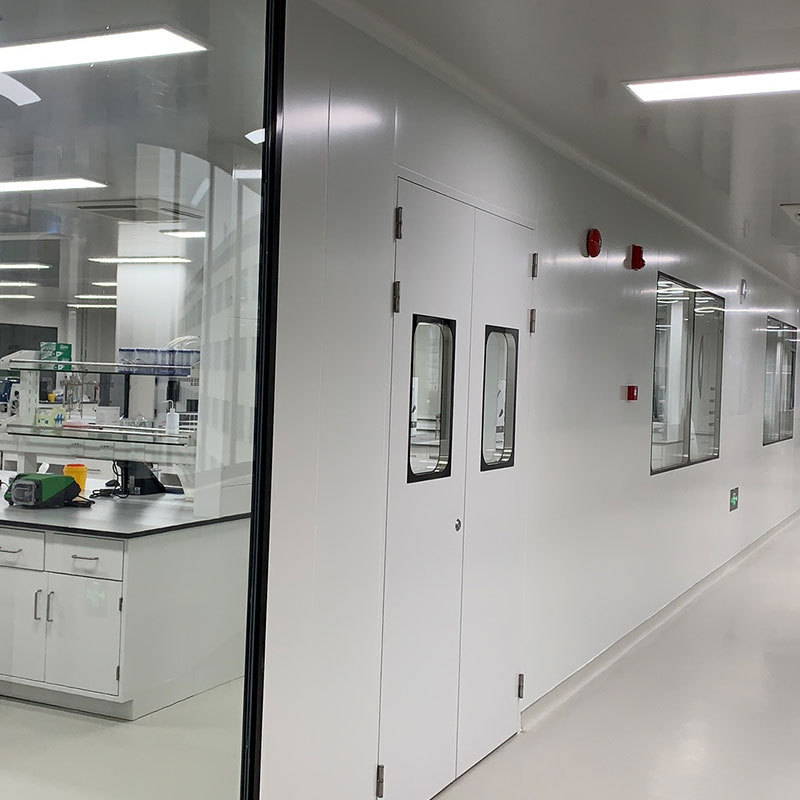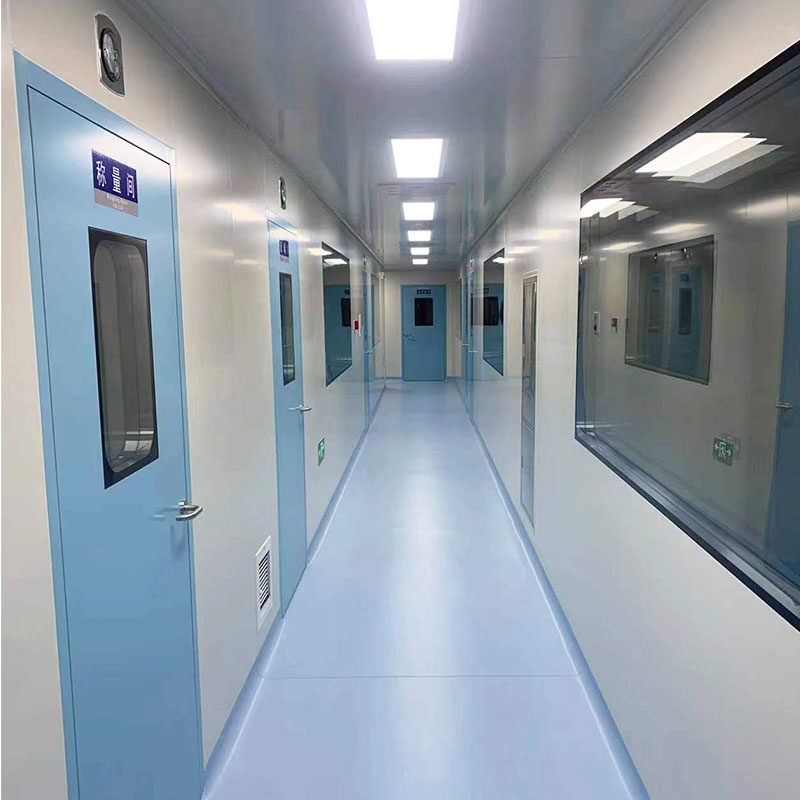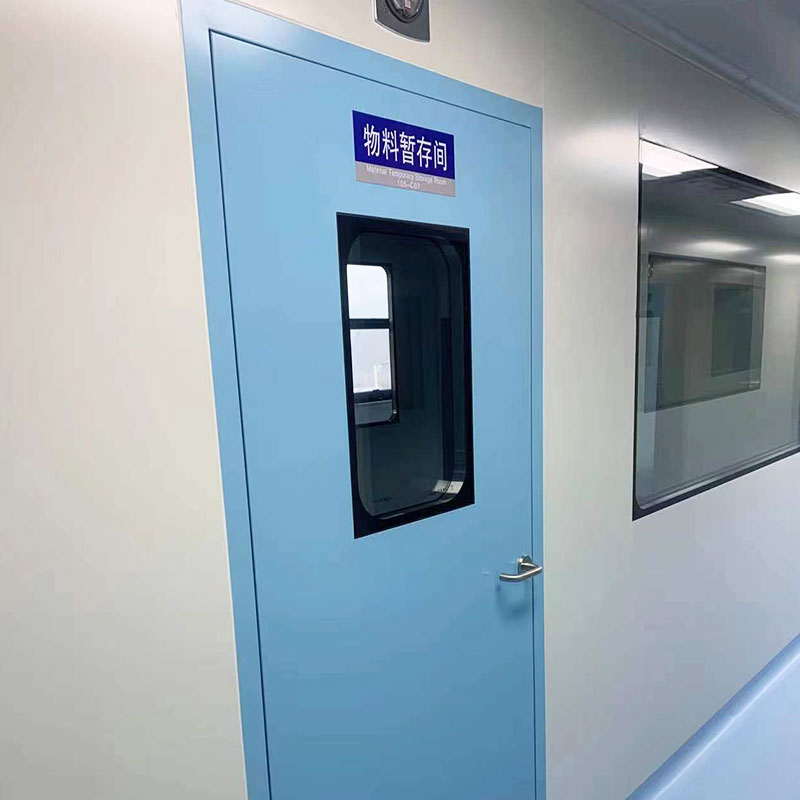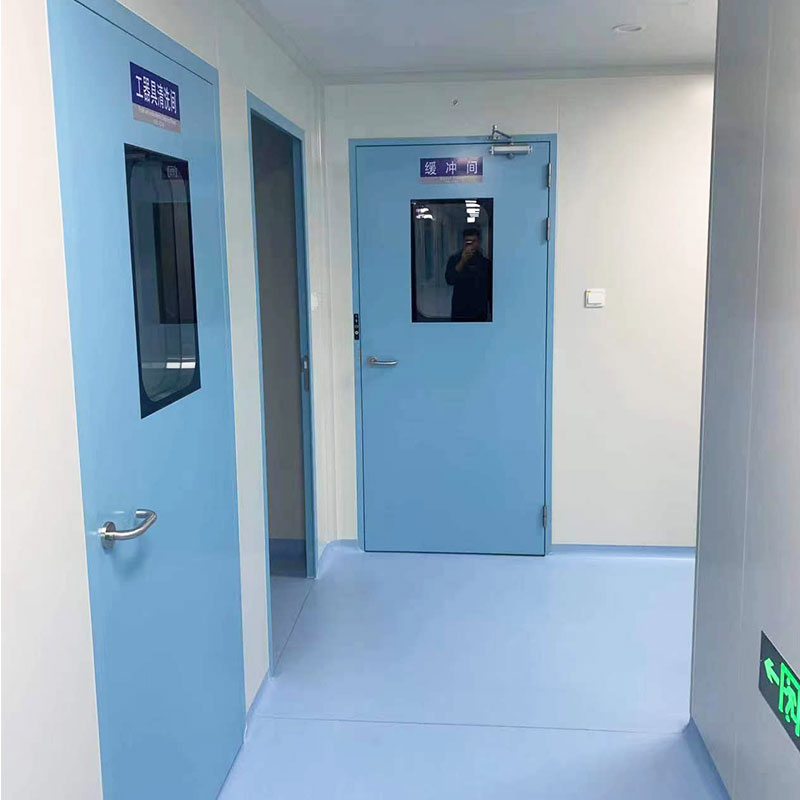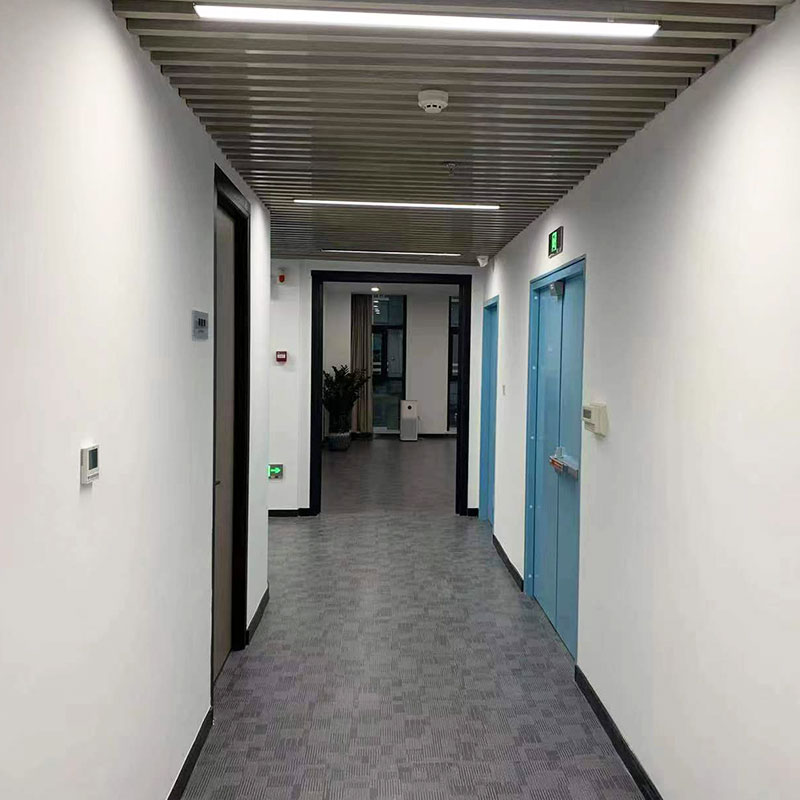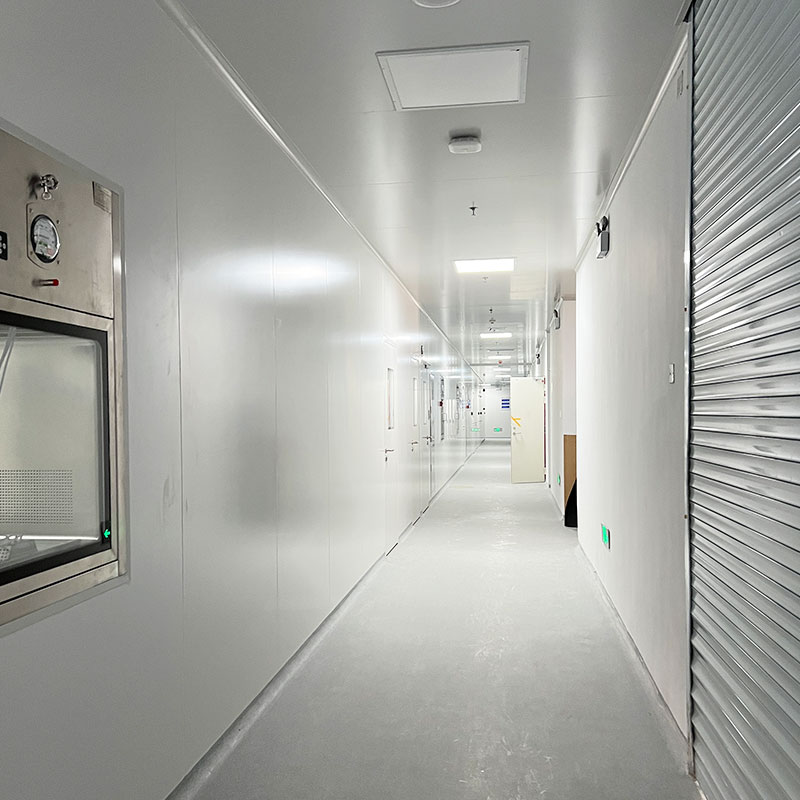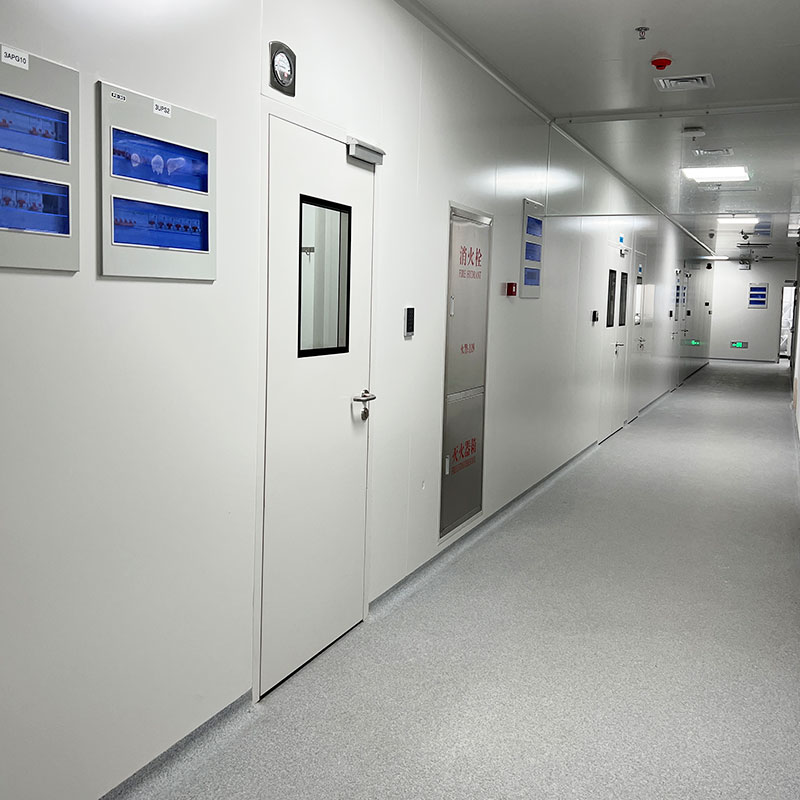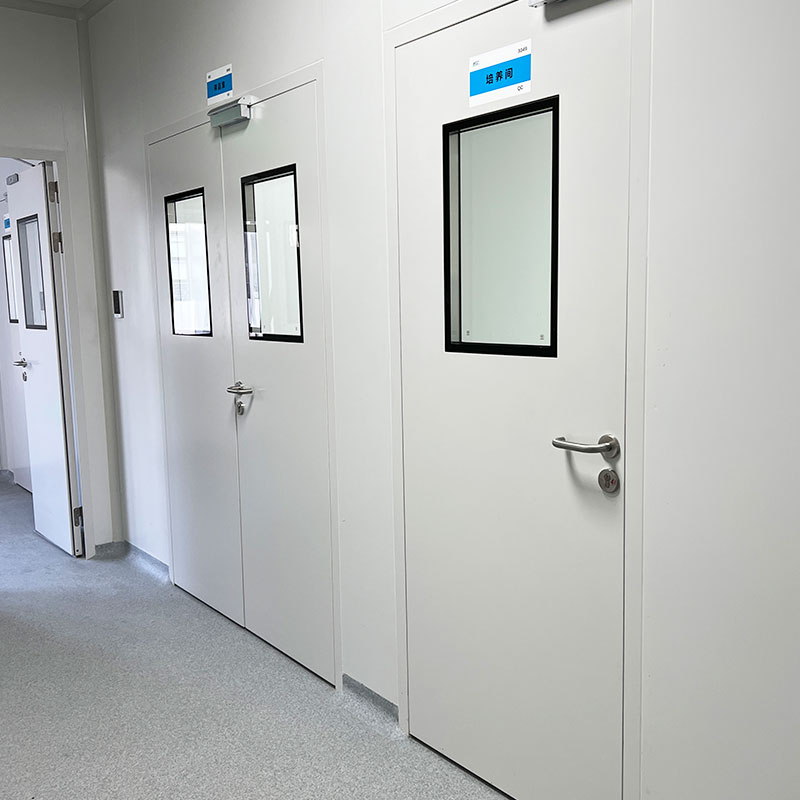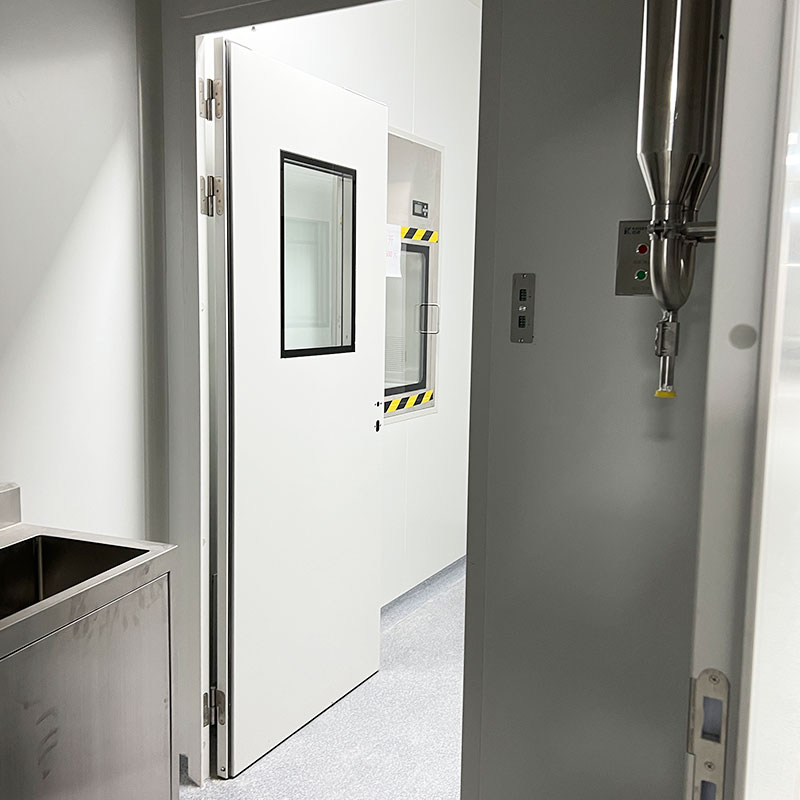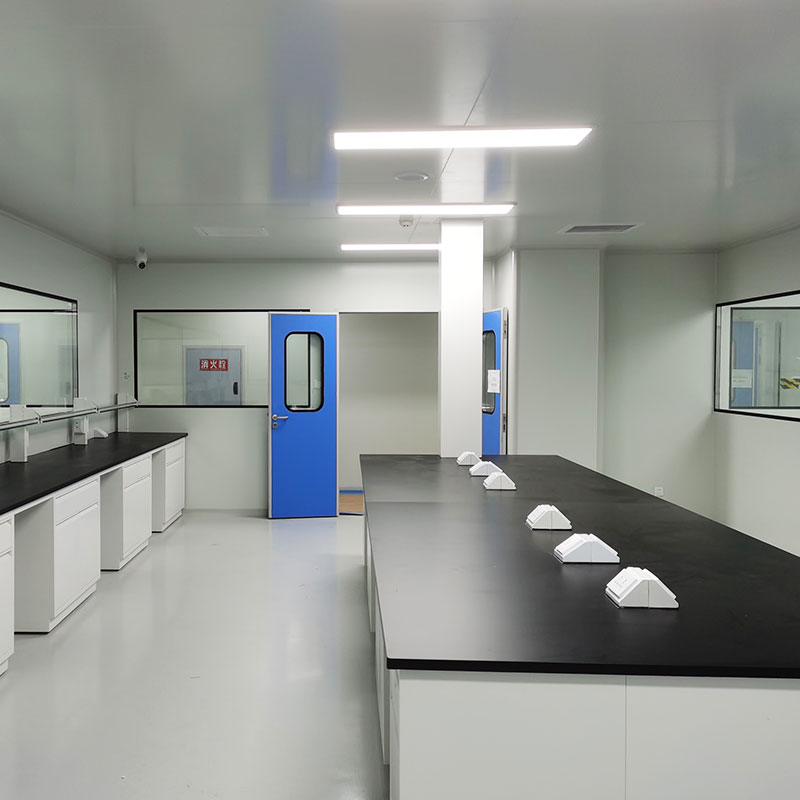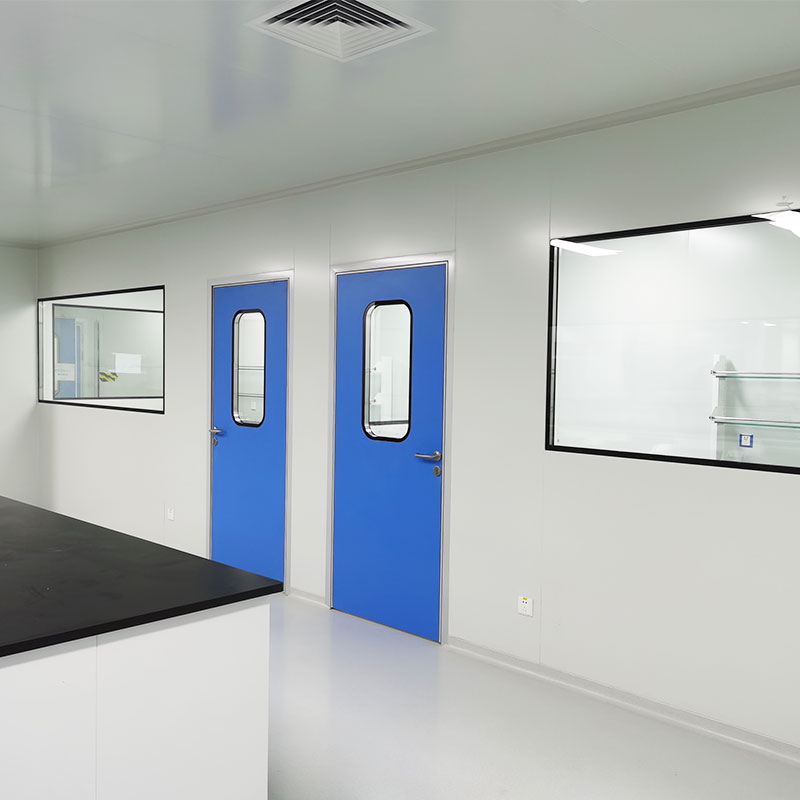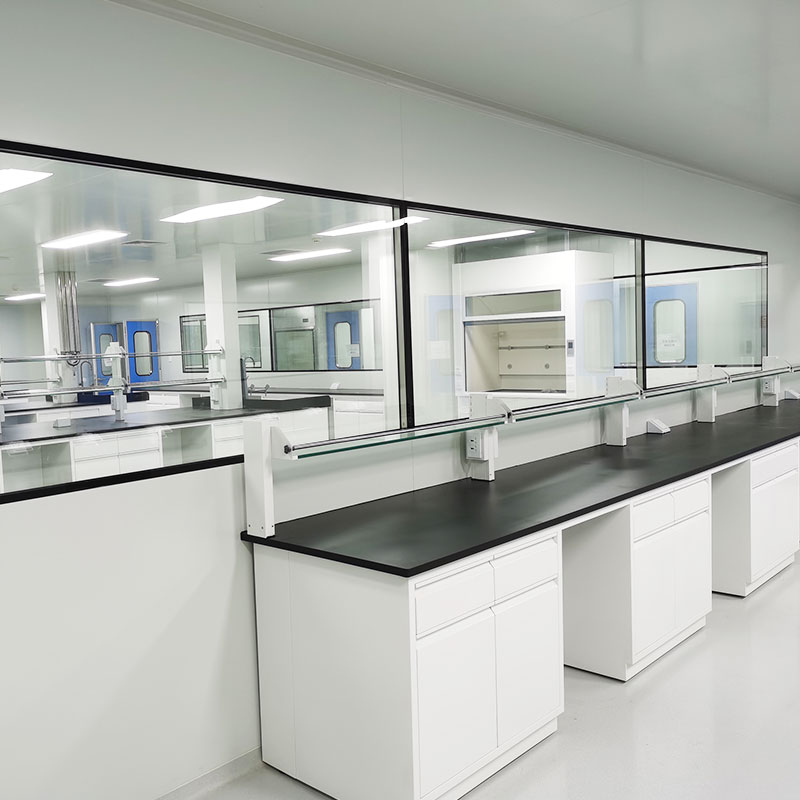- Home
- Solution
- Product
- Clean Room Doors
- Clean Room Windows
- Automatic Sliding Doors
- Roller Shutter Door
- Traffic/Impact Door
- Air Shower
- Pass through box
- Sandwich Panel
- Stainless Steel Products
- Weighing Booth
- Clean Bench
- FFU Blind Series
- IVC System Mouse Cage
- Strength
- About Us
- News
- Contact Us
Web Menu
- Home
- Solution
- Product
- Clean Room Doors
- Clean Room Windows
- Automatic Sliding Doors
- Roller Shutter Door
- Traffic/Impact Door
- Air Shower
- Pass through box
- Sandwich Panel
- Stainless Steel Products
- Weighing Booth
- Clean Bench
- FFU Blind Series
- IVC System Mouse Cage
- Strength
- About Us
- News
- Contact Us
Product Search
Exit Menu
Biopharmaceutical Industry
The pharmaceutical production environment and air cleanliness have high requirements, and controlling air particles and microorganisms is crucial for drug quality. The construction of clean rooms in pharmaceutical factories should follow the requirements of pharmaceutical factory standards and select suitable materials and equipment. The air conditioning purification and ventilation system should meet the parameters of clean room temperature, humidity, wind speed, pressure difference, cleanliness, etc. Separate air conditioning purification systems are planned for different levels of purification areas to avoid cross contamination and facilitate operational management and energy conservation. The air flow organization in the A-level high-risk operation area is unidirectional flow, with uniform air supply and a wind speed of 0.36-0.54m/s. B. The air flow organization in areas C and D is a mixed flow, adopting an upward supply side return method, and the air volume meets the corresponding level of ventilation frequency. In addition to meeting the fresh air needs of personnel, the system's fresh air also needs to consider process exhaust and positive pressure in the clean room. The exhaust treatment needs to consider explosion-proof, dust-proof, and anti-corrosion measures. For highly allergenic process exhaust, it is necessary to handle it separately and discharge it into the atmosphere after meeting the standards.
Industry knowledge
The cleanroom building decoration system is an engineering project aimed at protecting the main structure of a building, improving its physical properties, functional use, and beautifying the building. The various processes of using decorative materials or decorations to treat the interior and exterior surfaces and spaces of a building.
The cleanroom building decoration system is divided into ordinary decoration and the decoration of the cleanroom enclosure structure. The composition of the cleanroom building enclosure structure is:
Plates
According to the cleanroom design specifications, the materials used for decoration in general cleanrooms are required to be dust-free, dust-free, easy to clean, and anti-static. Color steel plate meeting these requirements is one of the commonly used materials for clean room decoration. Color coated steel coils are used on both sides of the color steel plate, and fire-resistant sandwich materials are selected in the middle. The sandwich materials available for selection include rock wool, glass magnesium, magnesium oxysulfide, paper honeycomb, aluminum honeycomb, and other materials. Color steel plates can be cut, cut, and sawed at will, with good surface smoothness. Among them, sandwich materials such as glass magnesium and magnesium oxysulfide have good top plate strength, and personnel can walk on them for various maintenance work.
Door
Multiple materials can be selected for doors: 1. Finished steel doors. 2. On site processing of color steel plate doors. 3. Electric sliding door. 4. Quick rolling shutter door. 5. Fire doors.
Various forms of clean doors are used for different occasions, among which the steel finished door bottom can be equipped with automatic lifting sealing strips to ensure the airtightness of the door system.
window
The windows are installed on colored steel plates and are divided into finished windows and on-site production windows. The finished window is composed of black painted aluminum frame and double-layer glass, with an appearance completely flush with the wall panel. The four corners of the window are designed in a circular shape, which is easy to install and clean. On site production of windows involves fixing the glass to the color steel plate wall with aluminum alloy frames and pressure lines.
ground
According to different needs, different types of floor materials such as epoxy self-leveling and PVC rolls can be used, which can also meet special needs such as anti-static, acid and alkali resistance. In a project, different colors can be designed to distinguish different cleanliness levels of the floor.
Connection piece
The color steel plate connection adopts aluminum alloy connection, and all corners use arc transition. The surface treatment of aluminum alloy is divided into anodized surface treatment and spray treatment. The thickness of most aluminum alloy profiles is 1.2 millimeters, which has the characteristics of high strength, precise size, easy installation, and easy cleaning.
seal
After the completion of structural construction, the interior should be cleaned and sealed, and all joints should be sealed with silicone. It is mainly used for the gaps between color steel plates and various gaps between plates and rounded corners. The surface should be full and uniform when applying glue, and the glue should be slightly lower than the surface of the plate.

- Tel: 86 17712655220
- E-mail: nancy_caoyd@163.com
- Add: Room 516, Building B, Number 695 Huilong Road, Qingpu District, Shanghai, P.R. China. Factory Add: No.555, Yupan Road, Suzhou City, Jiangsu Province, China.
8617712655220
nancycao@farcleantech.com
8617712655220
 English
English русский
русский Español
Español



